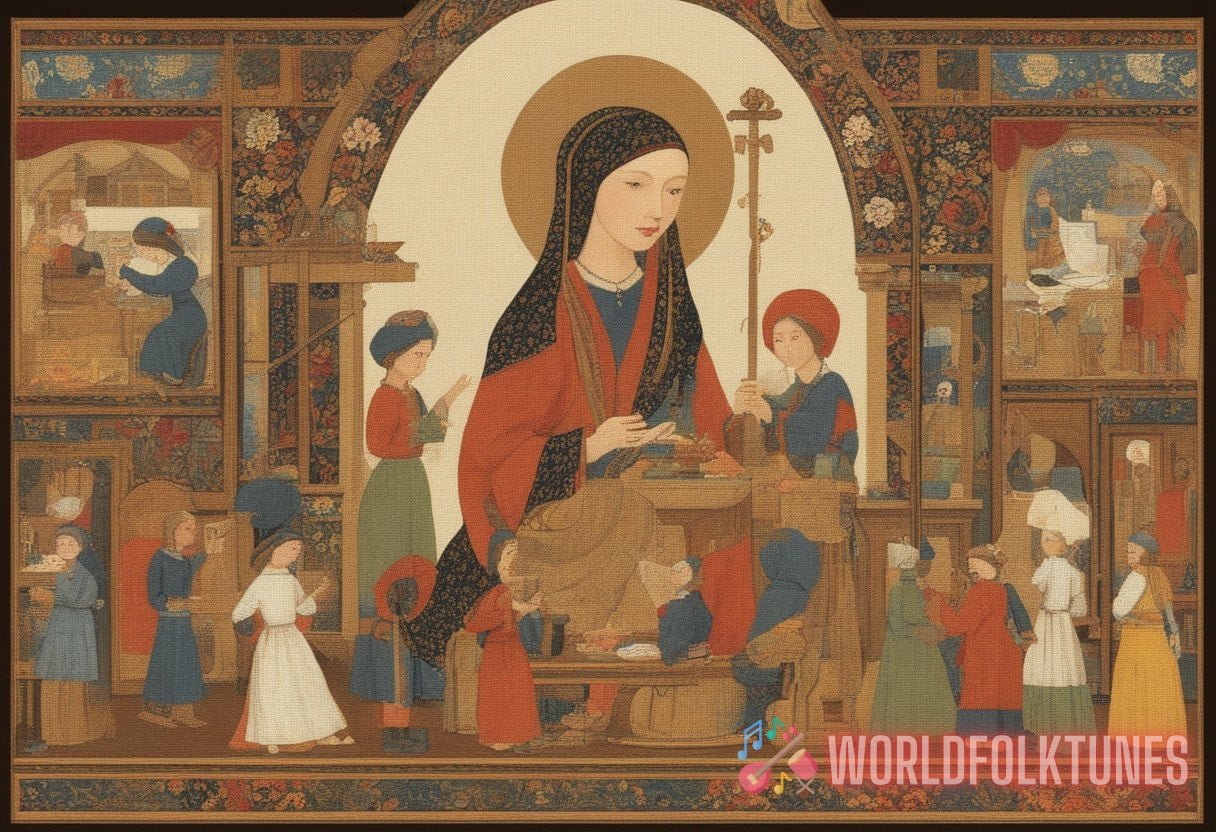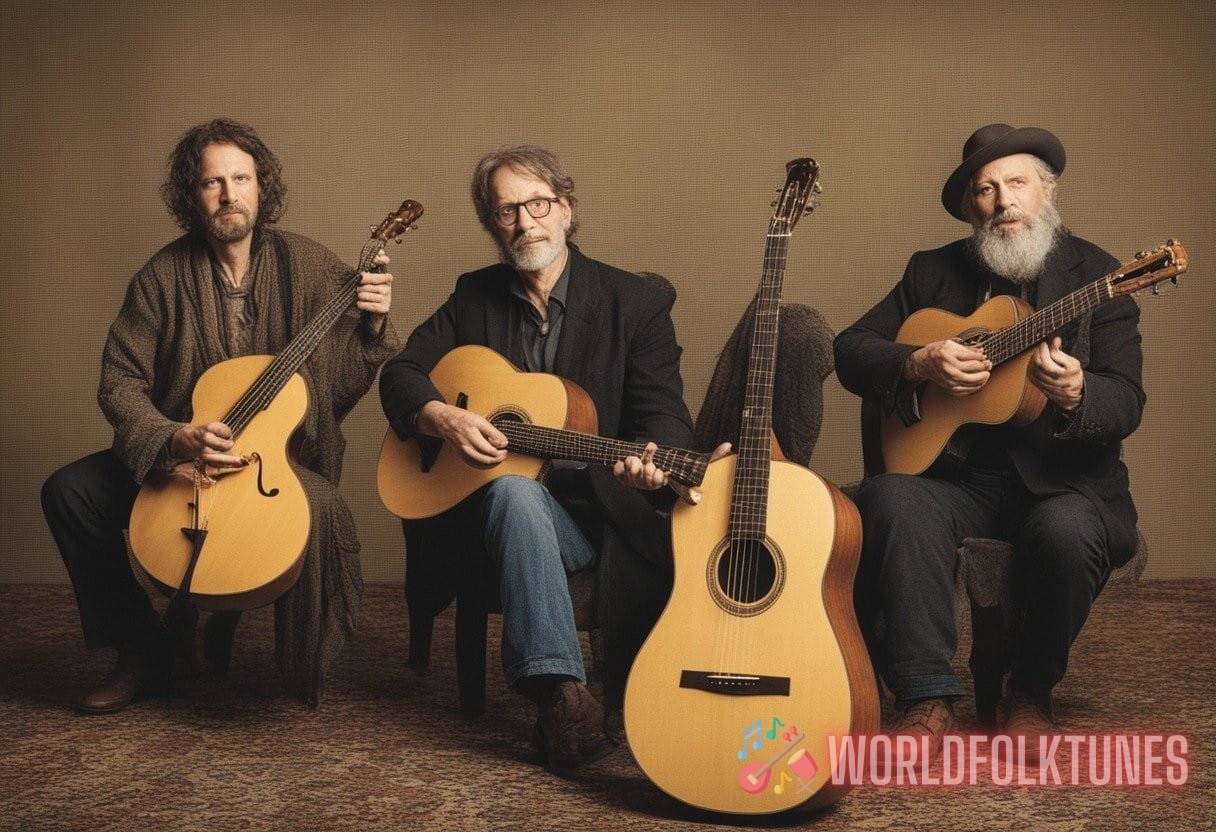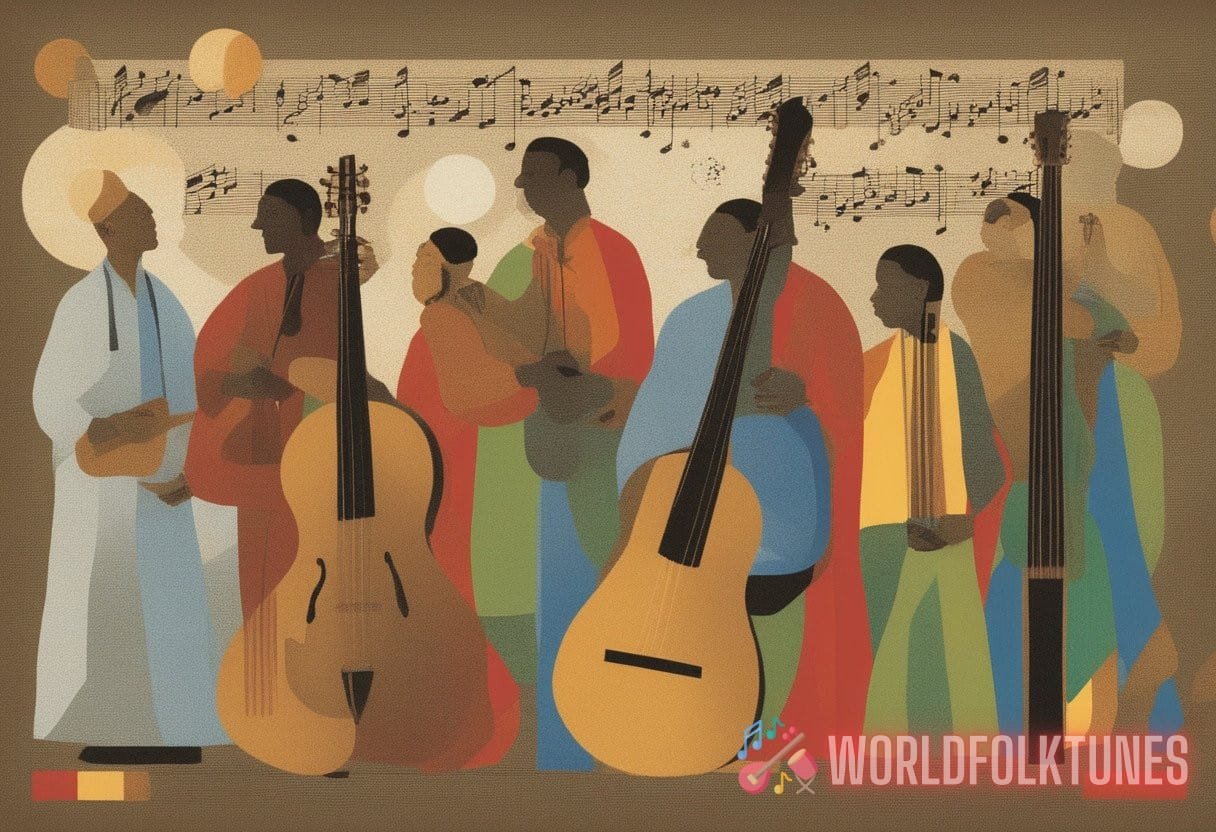Introduction to the Digital Renaissance of Folk Artistry
In an age where technology intertwines with nearly every aspect of life, the world of folk artistry is experiencing a significant transformation. This digital renaissance is reshaping how traditional art forms are created, shared, and appreciated. Such shifts are not merely superficial; they delve deeply into the structure, perception, and valuation of folk art.
This comprehensive guide aims to explore the myriad ways digital platforms have influenced folk artistry, shedding light on both the opportunities and challenges that come with this evolution. As we journey through this topic, artists and artisans alike will discover new avenues to preserve and propagate their heritage while adapting to contemporary trends.
The Impact of Digital Platforms on Folk Artistry
Global Connectivity and Audience Reach
One of the most transformative aspects of the digital age is the unprecedented global connectivity it offers. Folk artists who once relied on local fairs, markets, and word-of-mouth can now showcase their work to a worldwide audience with just a few clicks.
- Social Media Platforms: Websites like Instagram, Pinterest, and Facebook are visual-centric, making them ideal spaces for artists to display their work, engage with followers, and build a brand.
- E-commerce Sites: Platforms like Etsy, eBay, and Amazon Handmade provide artists with global marketplaces to sell their crafts.
- Online Galleries and Exhibitions: Digital exhibitions and virtual galleries offer new ways for folk art to be appreciated across borders, broadening both viewership and market potential.
Digital Tools for Creation and Preservation
The advent of sophisticated software and digital tools has revolutionized the creation and preservation of folk art:
- Digital Design Software: Programs like Adobe Illustrator, CorelDRAW, and Autodesk facilitate precise and detailed work that might be challenging by hand.
- 3D Printing: This technology allows artists to create complex and intricate designs that were previously impossible, blending traditional art with modern tech.
- Archiving Tools: Digital archiving ensures that folk art forms are preserved for future generations, maintaining records of techniques, designs, and historical context.
Case Study: Digital Renaissance in Indian Madhubani Art
Madhubani art, rooted deeply in the cultural fabric of India, serves as a poignant example of how digital tools have breathed new life into traditional art forms. From digital paintings mimicking the intricate line work to augmented reality experiences that bring stories to life, Madhubani art is experiencing a vibrant resurgence.
Economic Opportunities and Challenges
Monetization Strategies in the Digital Age
The digital realm offers folk artisans a plethora of monetization opportunities:
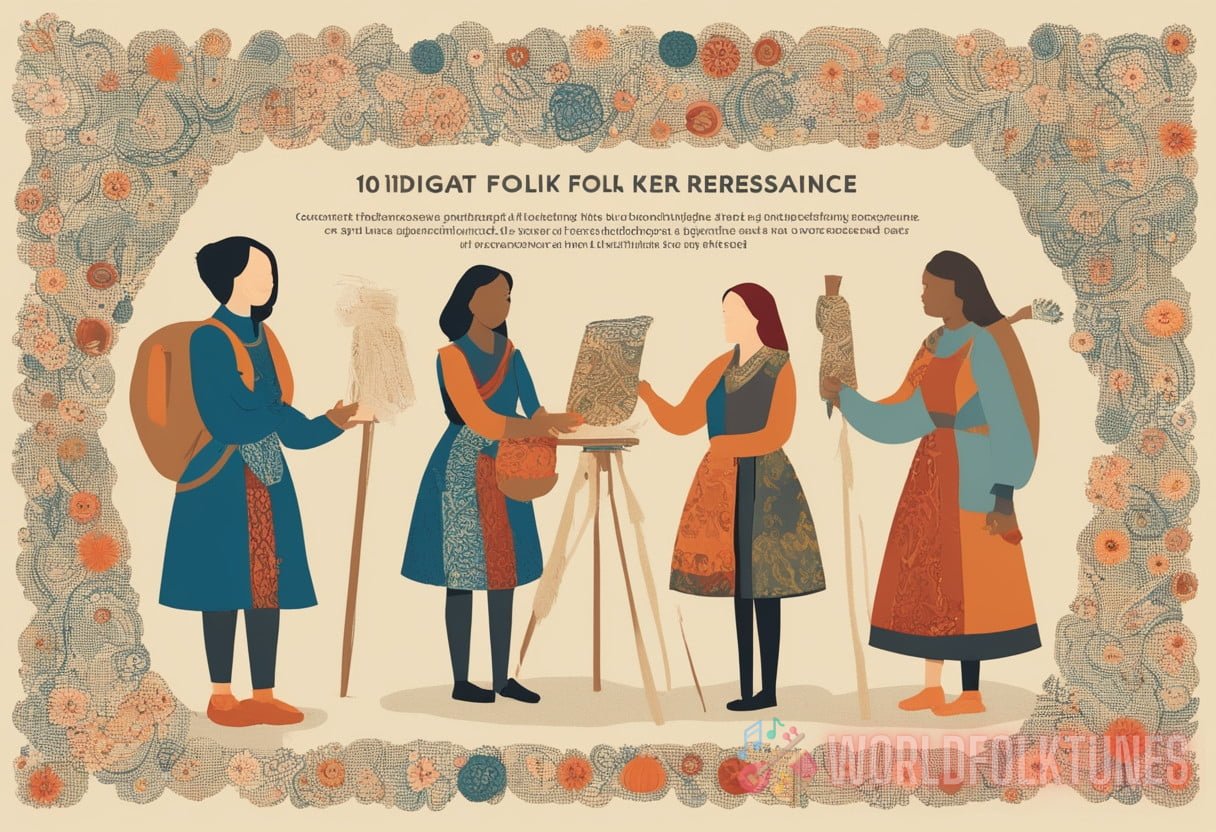
- Crowdfunding: Platforms like Kickstarter and GoFundMe enable artists to garner financial support directly from enthusiasts and patrons.
- Workshops and Online Courses: By offering paid tutorials and courses, artists can diversify their income streams while educating about their craft.
- Sponsorships and Collaborations: Collaborations with brands and sponsorship deals have become increasingly common, providing substantial financial backing.
However, this digital transformation also presents its set of challenges:
- Market Saturation: With broader access comes increased competition, making it crucial for artists to distinguish themselves.
- Intellectual Property: The digital space can complicate issues surrounding copyright and ownership, making the protection of original work a concern.
Preserving Authenticity in a Digital World
Balancing Tradition with Innovation
Maintaining the authenticity of folk art in the digital age requires a careful balance between traditional methods and modern innovations. This involves:
- Cultural Sensitivity: Being mindful of the cultural significance and background of traditional art forms ensures that their essence isn’t lost amidst modernization.
- Community Involvement: Engaging local communities in the digital transformation process helps in preserving the authentic spirit of folk art.
- Educational Platforms: Initiatives that educate both artists and consumers about the significance and techniques of traditional art forms play a pivotal role in maintaining authenticity.
Ethical Considerations
Ethical considerations are paramount when translating folk art into digital formats. These include:
- Respect for Cultural Heritage: Ensuring that digital iterations honor and respect the original cultural context of the art.
- Fair Compensation: Safeguarding that artists who digitize their work are fairly compensated for their contributions.
- Transparency: Being transparent about adaptations and modifications made during the digitization process.
Digital Storytelling and Folk Art
The Rise of Narrative Art Forms
Digital platforms have given rise to unique narrative art forms where folk art is not just visual but also deeply embedded with stories:
- Storytelling Through Folklore: Digital tools enable artists to weave intricate stories into their visual art, making it more engaging and immersive.
- Interactive Narratives: Augmented reality and interactive digital experiences allow viewers to engage with the art on a deeper level, discovering hidden stories and meanings.
- Cultural Retellings: Digital storytelling platforms provide a medium for folk artists to retell ancient myths and legends, making them accessible to contemporary audiences.
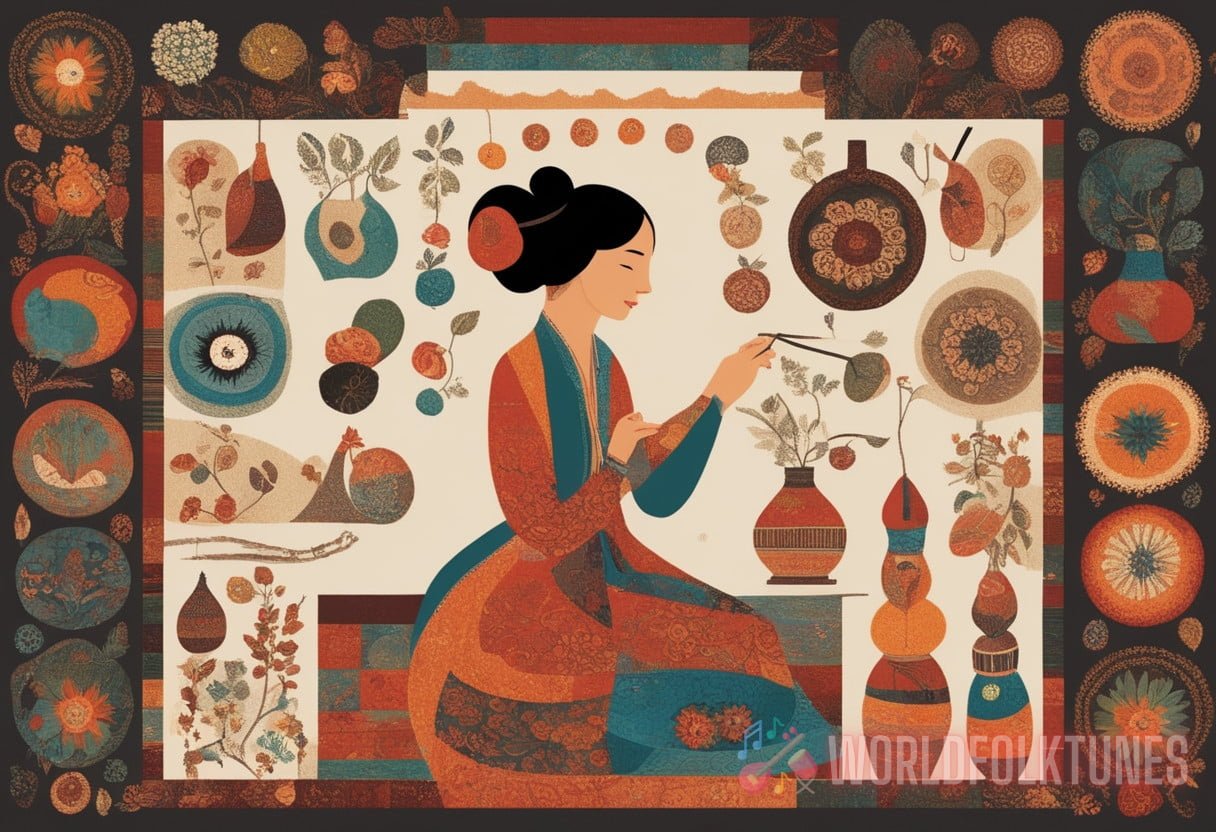
Multimedia Integrations
The integration of various multimedia elements in folk art enhances its storytelling potential:
- Music and Soundscapes: Incorporating traditional music and sounds can enrich digital artworks, adding an auditory dimension to the visual experience.
- Motion Graphics: Animations and motion graphics bring static images to life, adding dynamic aspects to traditional designs.
- Virtual Reality (VR): VR technology offers an immersive way to experience folk art, allowing users to explore artworks in a virtual space.
For more insights on how ancient musical traditions are being revitalized in modern contexts, visit the detailed article here.
Educational Resources and Workshops
Online Courses and Certifications
Numerous online platforms offer courses and certifications, empowering folk artists to enhance their skills and knowledge:
- Coursera and Udemy: These platforms provide courses on digital design, cultural heritage management, and more, tailored for artists.
- Specialized Workshops: Artists can participate in workshops focused on specific techniques and styles, ranging from digital painting to digital archiving.
- Certification Programs: Accredited programs provide formal recognition of an artist’s skills in both traditional and digital techniques.
The Future of Folk Art in the Digital Age
Trends Shaping the Future
Several trends are poised to shape the future of folk art in the digital landscape:
- Blockchain and NFTs: These technologies offer new ways to certify and trade digital art, ensuring provenance and ownership.
- Sustainable Practices: As environmental awareness grows, there is a push towards sustainable digital solutions that minimize the carbon footprint of art creation and distribution.
- Inclusive Platforms: Efforts are underway to make digital platforms more inclusive, ensuring accessibility for artists from diverse backgrounds and regions.
Conclusion: Embracing the Digital Renaissance
The digital renaissance of folk artistry is a multifaceted and dynamic phenomenon. By leveraging digital tools and platforms, artists can preserve their heritage while innovating new forms of expression. The journey of adapting to this new landscape involves balancing tradition with innovation, embracing new economic opportunities, and continuously learning and evolving.
As we advance into this digital era, it is essential for folk artists to remain rooted in their cultural heritage while also exploring new horizons. By doing so, they can ensure the timeless beauty and significance of folk art endures for generations to come.

